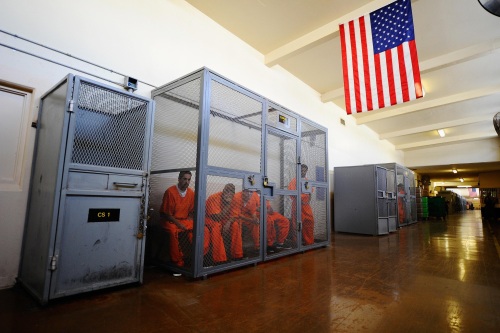To cut back on the cost of parole board hearings and having to once again incarcerate a parolee, prisons are turning to computer assessments as a method for more accurately determining which inmates should be granted parole.

Fifteen states have already begun to incorporate some form of risk assessment tool to help parole boards determine whether or not an inmate should be released. Of this group, most use a form of software that considers somewhere between 50 to 100 different factors about the individual before turning out its result on whether or not that person will return to prison during their parole period.
According to the Wall Street Journal , which first published this story, the new system is working: The number of inmates in state and federal prisons fell 1% in 2011, which is an enormous achievement over the previous year's decline of 0.01%.
What’s more, early 2012 data suggests the number may be growing even higher. This is not the result of prisons releasing more inmates; rather, it’s that more are staying out of the system (around 12% of parolees were back in prison in 2011, a drop from 15% in 2006).
When determining whether or not to grant parole, boards tend to consider things like whether a prisoner shows remorse, the severity of the crime committed, and more. These factors, however, don’t always line up with how well the individual will do once out of the system. Murderers and sex offenders, for example, are less likely to commit another crime, while someone who has done something less extreme like, say, robbery, is considered a higher risk for getting arrested again. The computers use a series of factors to more accurately determine if the individual is the type of person who will stay out of trouble should they be granted a second chance.
So far, this alternative method has been welcomed by most. There are a handful of experts, though, that have their reservations, especially when it comes to what they’re referring to as “implicit racial bias.” This group says that factors that the computer considers like the age at which the person was first assigned to prison, as well as their total number of incarcerations, could speak indirectly to a person’s race, even though the machine might not necessarily be considering it.
For this reason, parole boards are expected to continue overseeing and overruling risk assessments, even while the technology continue to prove itself as a major improvement to the previous system in place.
Story via: theverge.com
Advertisement
Learn more about Electronic Products Magazine





